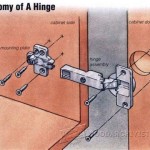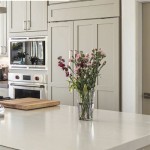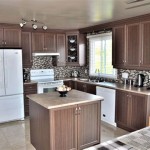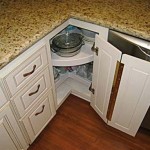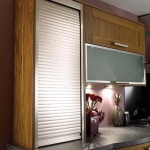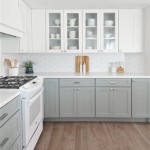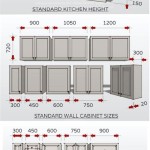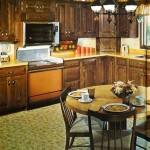Trim On Kitchen Cabinets: Enhancing Style and Function
Kitchen cabinets are the focal point of many kitchens, offering essential storage and defining the overall aesthetic. Trim, a decorative molding applied around the edges of cabinets, plays a crucial role in elevating their appearance and functionality. Trim on kitchen cabinets adds a touch of sophistication, enhances the overall design, and can serve practical purposes, making it a worthwhile investment in any kitchen renovation or design project.
Aesthetic Enhancement
Trim serves as a decorative element that enhances the visual appeal of kitchen cabinets. It frames the cabinets, creating a polished and finished look. The type of trim chosen, its size, and its placement can significantly impact the overall aesthetic of the kitchen. For instance, ornate trim can add a touch of grandeur to traditional kitchens, while clean, modern trim complements contemporary designs.
Furthermore, trim can effectively conceal imperfections in the cabinets or surrounding walls. It creates a smooth, even surface, enhancing the visual appeal of the space. The seamless transition between the cabinets and trim disguises any gaps or inconsistencies, resulting in a more polished and professional look.
Functional Advantages
Beyond aesthetics, trim provides practical benefits. It can protect the cabinets from scratches and dents, especially in areas prone to high traffic. The trim acts as a buffer, absorbing minor impacts and extending the lifespan of the cabinets.
In addition, trim can serve as a transition between different materials. When cabinets are installed adjacent to walls or other surfaces, trim helps create a smooth and seamless transition, concealing any gaps or uneven edges. This functional aspect ensures a professional finish and enhances the overall aesthetic.
Types of Trim
A wide array of trim options are available, each with its own unique features and applications. Common types of trim used for kitchen cabinets include:
Molding
Molding is a versatile type of trim that comes in various profiles, including crown molding, base molding, and chair rail molding. Crown molding is often used at the top of cabinets, creating a decorative accent and enhancing the overall height of the space. Base molding is applied at the bottom of cabinets, providing a smooth transition to the floor and protecting against damage.
Casing
Casing is typically used to frame cabinet doors and drawers, enhancing their appearance and creating a finished look. It can be flat, decorative, or even incorporate a subtle shadow line to add visual interest. Casing is often used in conjunction with crown molding or other trim to create a cohesive look.
Stiles and Rails
Stiles and rails are often used in combination to create raised panel doors, a traditional style that adds a touch of elegance to kitchen cabinets. Stiles are the vertical sections of the door, while rails are the horizontal sections. The combination creates a framed panel within the door, typically incorporating a recessed design.
The choice of trim type depends on the style of the kitchen, the overall design aesthetic, and personal preferences. A knowledgeable contractor or interior designer can provide guidance on the best trim options for a specific kitchen project.

How To Add Trim And Paint Your Laminate Cabinets

Adding Moldings To Your Kitchen Cabinets Remodelando La Casa

Diy Kitchen Cabinet Upgrade With Paint And Crown Molding

How To Add Trim And Paint Your Laminate Cabinets

Decorative Molding Timberlake Cabinetry

How To Install Crown Molding On Cabinets Young House Love

9 Molding Types To Raise The Bar On Your Kitchen Cabinetry

From Drab To Fab Adding Trim Cabinets

Adding Wood Trim To Kitchen Cabinets

From Drab To Fab Adding Trim Cabinets

